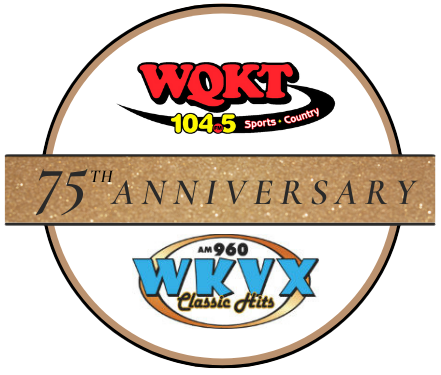( story courtesy of WKYC )
Cleveland Browns owners Jimmy and Dee Haslam say the team is down to two options when it comes to their future stadium site: a $1 billion dollar renovation to their existing downtown stadium, or a domed stadium outside of the city at double the cost.
The Haslams addressed the stadium situation and other team matters Monday while in Orlando at the NFL Owners Meetings. They added that neither option is better than the other at this point.
One of the key points the duo confirmed is that they do have an option to purchase 176 acres of land in Brook Park not far from Cleveland Hopkins International Airport. That story was first reported by Ken Prendergast of NEOTrans blog in early February.
Also last month, two Cleveland City Councilmembers told Signal Cleveland’s Nick Castele that the Browns proposed a 50-50 split on a billion-dollar stadium renovation project, with state and local governments picking up upwards of $500 million, during a round of meetings last October.
Browns officials also showed off a video rendering of a refurbished stadium reachable by a land bridge that connected the grassy malls to the lakefront, one councilmember told Castele.
The current lease for Cleveland Browns Stadium will expire in 2028.
“I don’t think they (the Haslams) want to renovate the stadium on the lakefront,” Jim Donovan, the “Voice of the Cleveland Browns,” said Monday on 3News at 6. “I think this is a shot across the bow to the city to get the stadium issue cooking.”
County sources told 3News Investigates’ Lynna Lai that the Haslams began floating the idea of a new $2 billion stadium outside of downtown Cleveland last summer. Those same sources told Lai that the Haslams would be willing to put up half of the money and would look to cobble together regional, state, and private funding for the rest.





